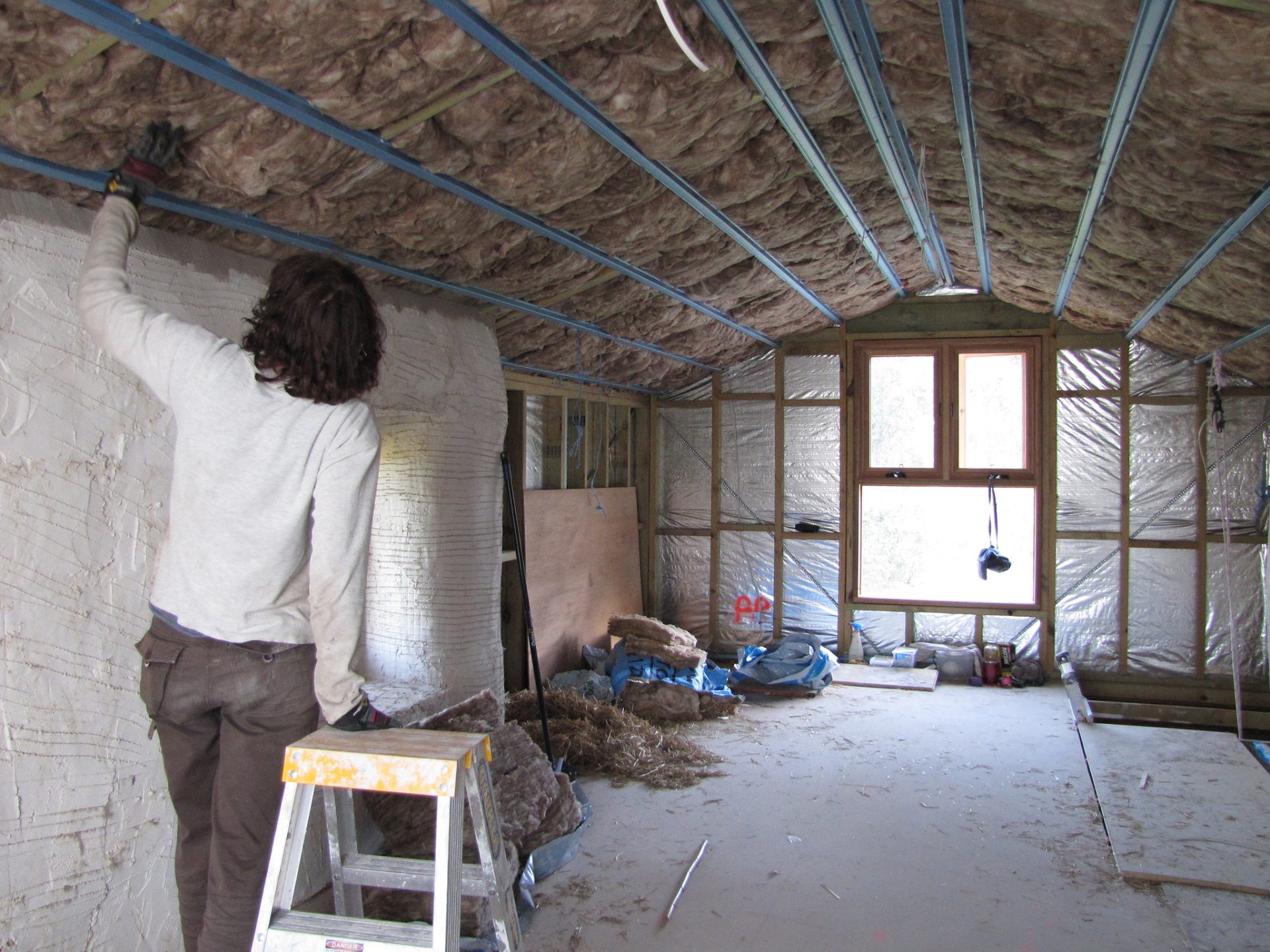Mobile homes offer a flexible and affordable housing option, but they often face challenges when it comes to insulation. Proper insulation is crucial to ensure comfort, energy efficiency, and cost savings. In this comprehensive guide, we will explore various methods and tips on mobile home insulation, addressing common issues and providing practical solutions.
Understanding the Importance of Insulation
Insulation plays a vital role in maintaining a comfortable indoor environment by regulating temperature and controlling moisture. In mobile homes, inadequate insulation can lead to temperature extremes, increased energy bills, and discomfort for the occupants. By investing time and effort into proper insulation, you can create a more energy-efficient, comfortable, and cost-effective living space.

Mobile home insulation
Assessing Your Mobile Home
Before diving into the insulation process, it’s essential to assess your mobile home’s current condition. Identify areas that may need attention, such as drafty windows, uninsulated walls, and poorly sealed doors. This assessment will guide you in developing a targeted insulation plan to address specific problem areas.
Insulating the Walls
One of the primary areas to focus on when insulating a mobile home is the walls. Mobile homes typically have thinner walls compared to traditional houses, making them more susceptible to temperature fluctuations. Consider the following options for wall insulation:
- Spray Foam Insulation: Spray foam insulation is an excellent choice for mobile home walls due to its ability to expand and fill gaps effectively. This type of insulation provides a seamless barrier against air infiltration, moisture, and heat transfer. Hire a professional or use DIY spray foam kits for smaller areas.
- Insulated Panels: Another option is to install insulated panels on the interior or exterior walls of your mobile home. These panels often come with a layer of foam insulation sandwiched between two sheets of material, providing a quick and efficient way to upgrade your home’s insulation.
Windows and Doors
Windows and doors are common culprits for heat loss and drafts. Upgrade your mobile home’s windows and doors to more energy-efficient options. If a complete replacement is not feasible, consider the following strategies:
- Weather Stripping: Install weather stripping around windows and doors to create a tight seal. This simple and cost-effective solution helps prevent drafts and reduces energy loss.
- Curtains and Blinds: Invest in thick curtains or blinds to add an extra layer of insulation. Close them during colder periods to retain heat and open them on sunny days to harness natural warmth.
Roof Insulation
A significant amount of heat can escape through the roof, making proper insulation crucial. Consider the following options for insulating your mobile home’s roof:
- Reflective Foil Insulation: Reflective foil insulation, often installed in the attic space, reflects radiant heat away from the interior, helping to maintain a comfortable temperature. This type of insulation is easy to install and can be a cost-effective solution.
- Blown-In Insulation: If your mobile home has an accessible attic, consider using blown-in insulation. This involves blowing loose-fill insulation material into the attic space, creating a thick layer that helps regulate temperature.
Underbelly Insulation
Many mobile homes have a raised foundation, leaving the underbelly exposed to the elements. Proper underbelly insulation is crucial for protecting pipes, preventing heat loss, and controlling moisture. Consider the following options:
- Vapor Barrier Installation: Install a vapor barrier under the mobile home to prevent moisture buildup. This barrier acts as a shield against the elements and helps maintain a dry and well-insulated space.
- Skirting and Insulation: Use insulated skirting around the perimeter of your mobile home to create a barrier against the cold. This helps prevent drafts and reduces the risk of freezing pipes.
The Bottom Line
Insulating a mobile home requires a combination of strategies targeting walls, windows, doors, roofs, and underbelly. By addressing these key areas, you can create a more comfortable and energy-efficient living space while potentially reducing your overall utility costs. Remember to assess your mobile home’s specific needs, and don’t hesitate to seek professional assistance for more complex insulation projects. With the right approach, you can transform your mobile home into a well-insulated, cozy retreat that stands up to the elements.
See Also:
- Navigating Mobile Home Renovation Costs in 2024: Single-Wides vs. Double-Wides
- A Comprehensive Guide on Mobile Home Additions
- 8 Reasons Why Being a Mobile Home Sales Agent in Florida is a Lucrative Side Hustle
- All-Age vs. Age-Restricted Mobile Homes in Florida: Navigating the Differences
- Is a Mobile Home Right for You? A Comprehensive Look at the Diverse Individuals Embracing Mobile Home Living

